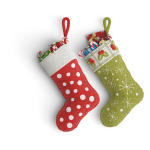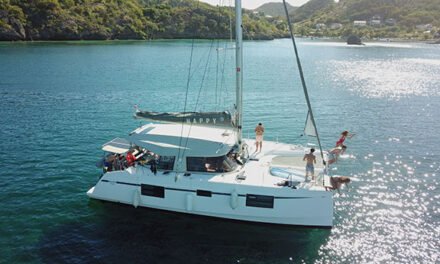
What are the key considerations when selecting luggage for business travel?

Selecting the right luggage for business travel can significantly impact the ease and efficiency of your trips. The key considerations include size, durability, organization features, and mobility. Business travelers often prioritize carry-on sized bags that meet airline restrictions, allowing for quick transitions and avoiding checked baggage delays.
Durability is crucial for frequent travelers, with hard-shell suitcases offering better protection for valuable items. However, soft-sided bags provide more flexibility for packing. Organization features like multiple compartments, laptop sleeves, and easy-access pockets can streamline packing and retrieval of essential items during travel.
Mobility is another vital factor, with most business travelers opting for travel luggage 55x40x20cm sized or 56x45x25cm sized wheeled bags. The sizes of these bags balance capacity with maneuverability, meeting the carry-on requirements for most airlines while providing enough space for short business trips. Compared with two-wheel spinner luggage, four-wheel spinner luggage provides better mobility in crowded airports.
Key Takeaways
- Choose luggage that balances size restrictions with capacity needs
- Prioritize durability and organization features for efficient packing
- Consider mobility options like spinner wheels for easier navigation
Selecting the Right Type of Luggage
Business travelers need luggage that balances functionality, durability, and compliance with airline regulations. The right choice depends on trip length, travel frequency, and personal preferences.
Hard vs. Soft Luggage
Hardside luggage offers superior protection for delicate items and electronics. Polycarbonate shells are lightweight yet durable. Softside luggage provides more flexibility and often includes exterior pockets for easy access to travel documents.
Leather bags convey a professional image but may be heavier. Tumi offers high-end options in both hard and soft materials, popular among frequent business travelers.
Size and Weight Considerations
Carry-on suitcases must adhere to airline size restrictions, typically around 22 x 14 x 9 inches. Weight limits vary by carrier. Checked bags face less stringent size limits but incur fees on many airlines.
Lightweight materials help maximize packing capacity within weight allowances. Four-wheel spinner luggage improves mobility through airports and hotels.
Luggage for Different Travel Needs
Brief trips may only require a carry-on suitcase and laptop bag. Longer journeys often necessitate checked luggage.
Garment bags help keep suits wrinkle-free. Some carry-ons include built-in suiter sections. Duffel bags offer versatility for casual business trips or combining work and leisure travel.
Briefcases and dedicated laptop bags protect electronics and provide easy access during security screening. Many feature RFID-blocking pockets for data security.
Features for Efficient Packing and Travel
Selecting luggage with the right features can significantly enhance business travel efficiency. Key considerations include organizational elements, security measures, and mobility options.
Organization and Accessibility
Well-designed luggage incorporates multiple compartments and pockets for optimal organization. A dedicated laptop compartment protects valuable electronics. Packing cubes help separate clothing items and maximize space.
Toiletry bags and shoe bags keep essentials contained and easily accessible. Exterior pockets allow quick access to travel documents and business cards. Some bags feature compression systems to reduce clothing volume.
Strong zip closures ensure contents remain secure during transit. Clear interior pockets help locate small items quickly.
Security and Durability Features
Durable materials and reinforced corners protect against wear and tear. TSA-approved combination locks safeguard valuables while allowing necessary security inspections.
Waterproof or water-resistant exteriors shield contents from unexpected weather. Some manufacturers offer warranties against defects or damage.
RFID-blocking pockets protect sensitive electronic information on passports and credit cards. Hidden interior pockets provide extra security for important documents or cash.
Convenience and Mobility
Smooth-rolling, durable wheels enable effortless navigation through airports and hotels. Telescopic handles adjust to different heights for comfortable maneuvering.
Lightweight materials reduce overall bag weight, helping to avoid excess baggage fees. Some bags feature expandable sections to accommodate extra purchases.
Carry-on sizes compliant with airline regulations save time at check-in and baggage claim. Pass-through sleeves allow secure stacking on larger rolling luggage.
Grip handles on multiple sides facilitate easy lifting into overhead bins or car trunks.
Selecting the right luggage for business travel requires careful consideration. Key factors include durability, size, weight, and functionality. A high-quality carry-on bag with wheels and organized compartments often proves ideal for short trips.
For longer journeys, a medium-sized suitcase balances capacity and maneuverability. Ultimately, the best choice depends on individual travel needs and preferences.
Feature Photo by American Green Travel on Unsplash


































